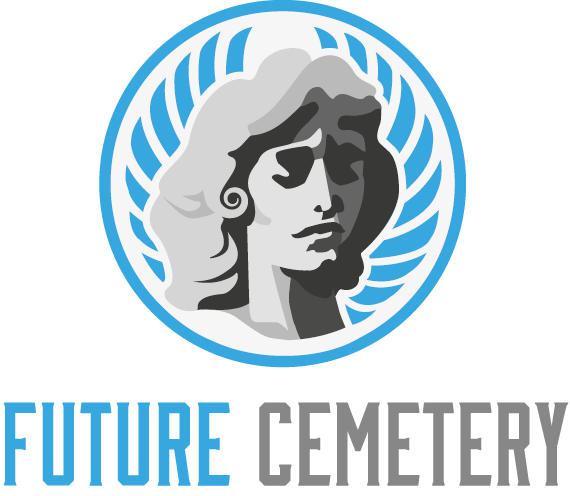When researching your ancestors, one of the most meaningful places you can visit is their grave site. For many, this is an emotional and meaningful discovery.
While the words cemetery and graveyard are often used interchangeably, there is a difference. A cemetery is a specific plot of land set aside for burials.
It’s a Place of Grief
Whether you’re visiting a cemetery for the first time or have been to many, one thing’s clear: this is not just any patch of land. From the name itself (“cemetery” vs “graveyard”) to the way it’s carefully maintained, there’s something about this place that feels sacred.
Perhaps it’s the silence — a kind that gently calls you to reflect, pray or remember. Or maybe it’s the way people walk a little slower, speak more softly or simply pause for a moment before entering. These small touches – and the many traditions they bring with them – help make cemeteries meaningful spaces that honor grief, love and questions.
In addition, the presence of others who have also lost someone creates a unique sense of community that offers empathy and support without words. The resulting bond is known as “common loss” and serves to support individuals who are navigating the grieving process alone. This shared experience of mourning is a major reason why a cemetery is a place of healing and not simply a resting place.
It’s a Place of Life
A cemetery is a place where you can go and visit your loved ones, reminisce, leave flowers or even communicate with them. It’s a peaceful place where you can also be reminded of your own mortality. It’s a place where you can remember the good times and the hard times of your life.
Historically, most cultures believed that ties of kinship extend beyond death. To keep those ties alive, families often built family burial grounds on land set aside for this purpose.
As burial practices changed over time, so too did the nature and function of cemeteries. From sanitary precautions (Romans and Jews avoided communal graveyards, instead using catacombs and churchyards) to aesthetic or religious considerations, modern cemetery design has evolved into a complex collection of distinct landscapes. Some are designed as beautiful gardens while others remain functional spaces with family plots and ethnic enclaves. Regardless of their style, however, most cemeteries share certain characteristics.
It’s a Place of Healing
In addition to fostering meaningful customs and connections within communities, cemeteries also provide a space for introspection and grief processing. For those who are religious, spiritual, or not, this type of meditative activity provides solace and comfort, allowing mourners to discover their own unique ways to connect to their deceased loved ones.
Many people are familiar with cemeteries through the gravestones of children, featuring beautiful images like angels with outstretched arms or lambs to symbolize innocence and purity. These children’s sections are often adorned with statues, as well as teddy bears and other toys to encourage families to come and pay their respects.
Similarly, niches and columbaria (spaces for urns) are common features of modern cemetery landscapes, as they provide alternative options to burial. These spaces allow for the same meaningful rituals to be carried out, but in a more streamlined way. This is especially true for those who choose cremation for themselves or their loved ones.
It’s a Place of Discovery
A cemetery is much more than just a place to lay down the dead. It is a repository of history and culture. Mapping cemeteries is more than just finding their locations, it is a way to explore the past and reveal new questions about our culture and heritage.
Historically, rich or influential Christians were interred inside churches in crypts while less wealthy congregants were buried outside in churchyards. Over time, the crypts became more elaborate while the graveyards grew to include monuments to fraternal societies, benevolent organizations and professional associations as well as lavish marble mausoleums for aristocratic and pioneer families.
A cemetery may be public or private; religious or secular; for-profit or not-for-profit; and the ownership structure determines its funding structure, staff configuration and services offered. Each has its own unique cultural and historical context that must be considered when planning for future use. The Friends’ design principles call for a survey map of the burial ground prior to development of any memorial design in order to avoid disturbance to graves and mark their locations precisely.
